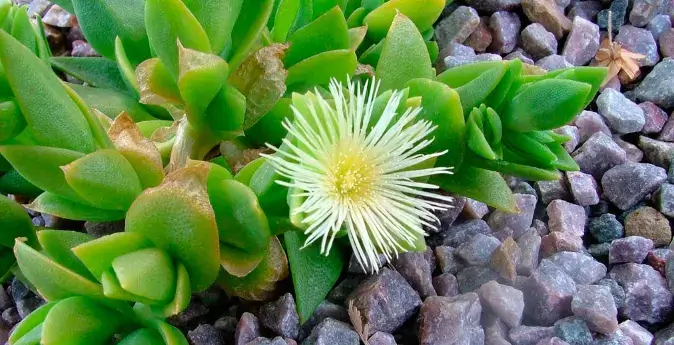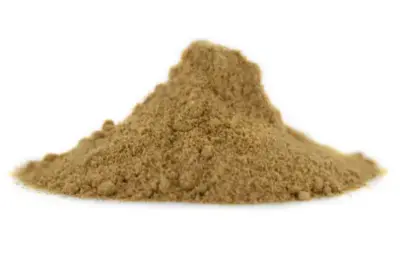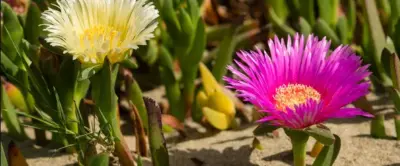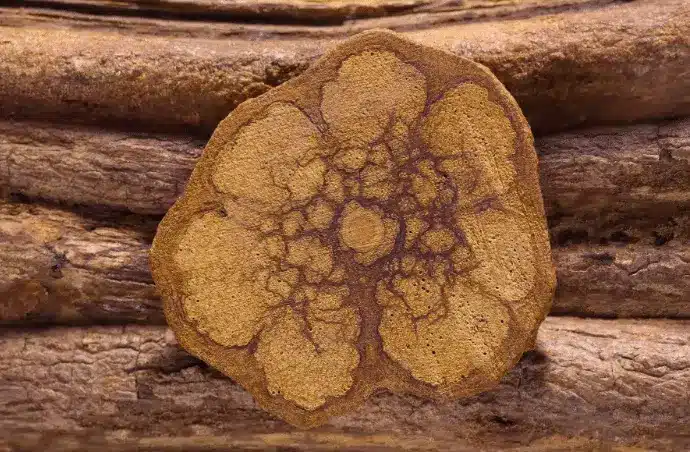
Kanna extract, derived from the succulent plant Sceletium tortuosum, has been utilized for centuries by indigenous peoples in Southern Africa for its mood-enhancing and stress-relieving properties. In recent years, it has gained popularity globally as a natural supplement aimed at improving emotional well-being and cognitive function.
What is Kanna extract?
Kanna is a succulent plant known as Suletium Tortuosum, which means “chewy things” or “something to chew.” It is a plant brought to the United States of America directly from South Africa, where it originated. It has hallucinogenic properties and is attributed to pleasurable, sedative, and relaxing effects.
This plant was discovered and used more than 300 years ago by local South African tribes, such as the Khoi and the San, who were the first to process the plant to use Kanna extract as a natural painkiller. Below we will explain what Kanna extract is, as well as its benefits and the correct way to consume it.
Traditional and Modern Uses of Kanna extract
Traditional Uses
- Mood Enhancement: Traditionally chewed to promote a sense of well-being.
- Stress Relief: Used to alleviate stress and anxiety.
- Appetite Suppression: Served as a natural appetite suppressant during long journeys.
- Cognitive Support: Employed to enhance focus and mental clarity.
Modern Applications
In contemporary times, Kanna is available in various forms, including:
- Extracts: Concentrated forms for potent effects.
- Capsules/Tablets: Convenient for daily supplementation.
- Teas: A soothing method of consumption.
- Tinctures: Alcohol-based extracts for quick absorption.
These modern preparations aim to provide the traditional benefits of Kanna in a more accessible manner.
Advantages and Disadvantages
Like any other substance, the use of Kanna extract can present some advantages and disadvantages.
Among the advantages we can mention:
- Its cultivation does not present major difficulty.
- It is easy to prepare.
- It can be consumed in different ways.
- It can be used for therapeutic purposes to treat mood conditions (stress, anxiety).

As for the disadvantages, we have :
- It is not approved by the FDA as a plant for therapeutic use.
- It is believed that it can affect the amygdala, a central region of the brain involved in the processing of emotions.
- Alters levels of the serotonin transporter protein known as SERT or 5-HTT and the enzyme PDE4 (phosphodiesterase-4).
- It can create tolerance after constant use.
Effects of Kanna extract
- Improves mood, energy level, and libido (sexual desire).
- Acts on cannabinoid receptors, which produce sedative effects and a feeling of euphoria.
- It generates in those who consume it a more open attitude with the world.
- In high doses, it can cause some side effects in the organism, such as nausea and vomiting.

6 Uses of Kanna extract
Kanna extract can be used in different ways; the most usual ones are:
1. Via Oral:
Chewing the Kanna is the most popular way of use. It can be done in two ways: One of them consists of chewing the plant directly, already dried and fermented, to extract all its properties since the plant in its natural state does not affect the organism. The other way is to mix some Kanna powder with chewing gum. In both cases, the results are obtained by chewing and swallowing the saliva.

2. With a vaporizer:
You can place the liquid or powdered Kanna extractor in a vaporizer to inhale it. In both cases, the appropriate temperature to set the vaporizer is 188 degrees Celsius. Also, in the case of using powder, it is recommended to place some herbs in the base of the vape, but the powder and cover it with another bit of spice to avoid obstructions in the vaporizer.

3. Sublingual administration:
You can take advantage of all its properties by placing a small portion of Kanna extract under the tongue, allowing rapid penetration into the blood.
4. Sniffing:
This technique consists in sniffing Kanna powder through the nose. It represents one of the most popular uses among those who use Kanna, as it produces greater euphoria. This form is used for recreational purposes, although it can cause discomfort and even bleeding in the nostrils.
5. Infusion:
It can be prepared as a tea infusion and drank preferably on an empty stomach, adding some flavor enhancer such as bee honey, since its flavor, although similar to green tea, is a bit unpleasant. Using it as a tea, its effects are less potent.
6. Smoking:
The dried leaves and stems of Kanna can be smoked. It is a very popular form of use. Those who consume it this way wrap a small portion of Kanna in a sheet of paper, roll it up and smoke it in a similar way to Cannabis.

Benefits of Kanna extract
- It generates psychoactive and physical effects that reduce anxiety and stress.
- It is a potent stimulant.
- Increases confidence in social situations.
- Provides another vision and appreciation for nature.
- It suppresses the desire to smoke tobacco and consume alcoholic beverages.
- Reduces the feeling of hunger.

How should Kanna extract be consumed?
The consumption of Kanna in small doses provides a meditative effect, while in high doses, the sensation produced is euphoria.
The recommended doses vary from one study to another, and the way to use them:
- In the case of inhaling directly or using a vaporizer, it is recommended to use 20 mg.
- The ideal dose would be 20mg to 50 mg to feel its relaxing effects.
- Using the sublingual form, the consumption between 50 mg to 150 mg is sufficient to achieve the desired effect.
- If prepared as tea, it is recommended to consume a dose of 200 mg to 250 mg.

Composition
According to the latest studies carried out by the University of Natal in the Republic of South Africa, Kanna contains nine alkaloids divided into three different categories. The most studied have been: mesembrine, mesembranol, mesombronone and mesembranol. Of these, the membrane is the alkaloid with the highest presence and has the property of making serotonin stay longer in the brain.

Serotonin is a neurotransmitter that regulates our emotions, mood, hunger sensations, and social behavior. The total amount of alkaloids present in the plant is approximately 1% to 1.5%, and as for the membrane, the approximate amount is 0.3% in the leaves and 0.86% in the stem and flowers.
These alkaloids act as serotonin reuptake inhibitors (SRI) and are also responsible for inhibiting the activity of the PDE4 enzyme that influences the alleviation of depression.
What other plants can I combine Kanna with?
The most usual way to combine Kanna is with Cannabis. However, some people who have consumed it this way have reported certain hallucinations and dizziness; although it does not occur in all individuals, it depends on the doses you decide to ingest. On the other hand, other plants with which it is also possible to combine are Wild Dagga, Damiana, Lotus Flower, Ginseng, and Tongkat Ali.

Safety and Considerations
While Kanna is generally considered safe when used appropriately, it’s essential to be aware of potential interactions:
- Medication Interactions: Kanna may interact with certain medications, particularly those affecting serotonin levels.
- Side Effects: Some individuals may experience mild side effects such as headache, gastrointestinal discomfort, or drowsiness.
- Pregnancy and Lactation: Safety during pregnancy and breastfeeding has not been established; consult a healthcare provider before use.

Benefits of Banisteriopsis Caapi: Natural Health and Well-being

Side Effects of CBD: An Updated Perspective

Ultimate Guide: How to Ingest Calea Zacatechichi



